Opera: Passion, power and politics at the V&A
Kate Bailey, curator of the V&A’s newest exhibition, on collaborating with The Royal Opera House to create a multi-sensory experience
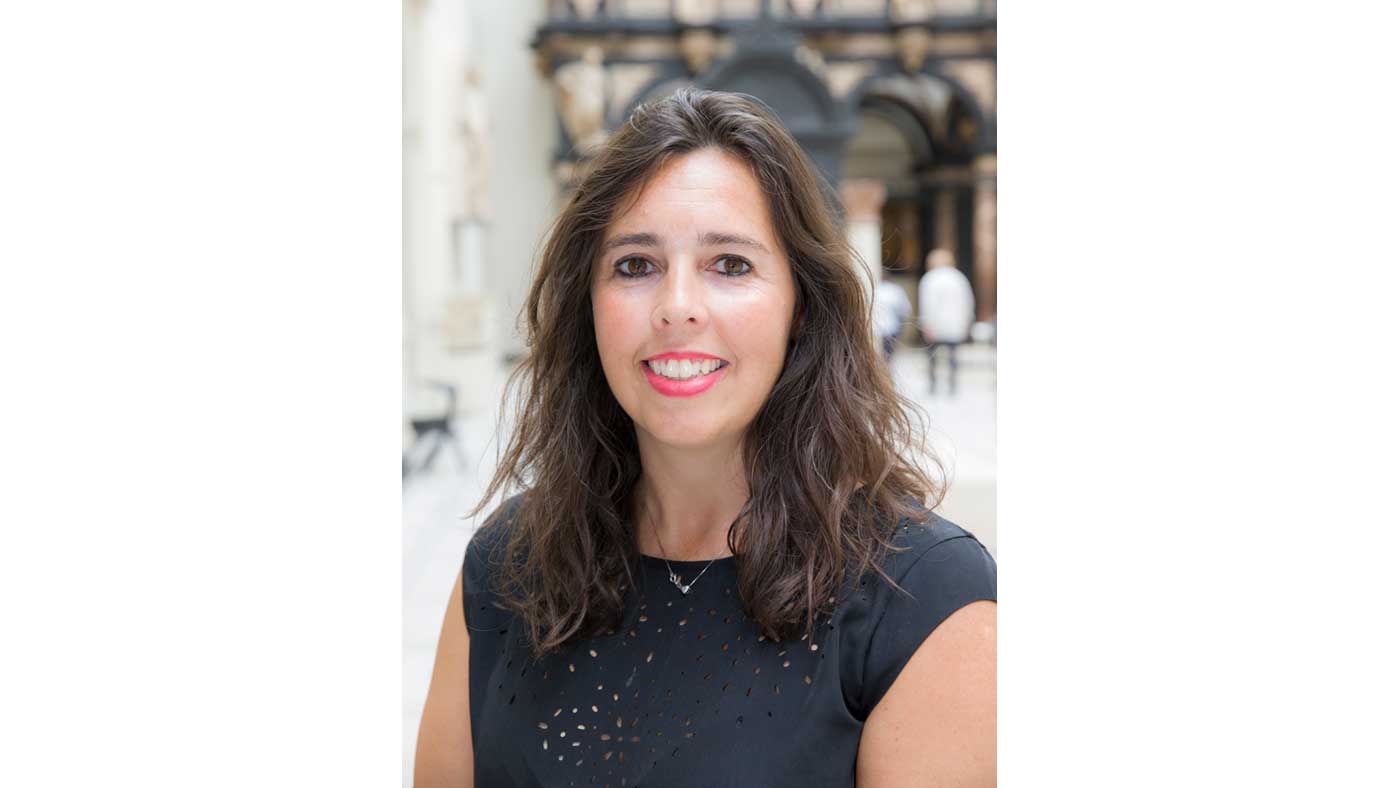
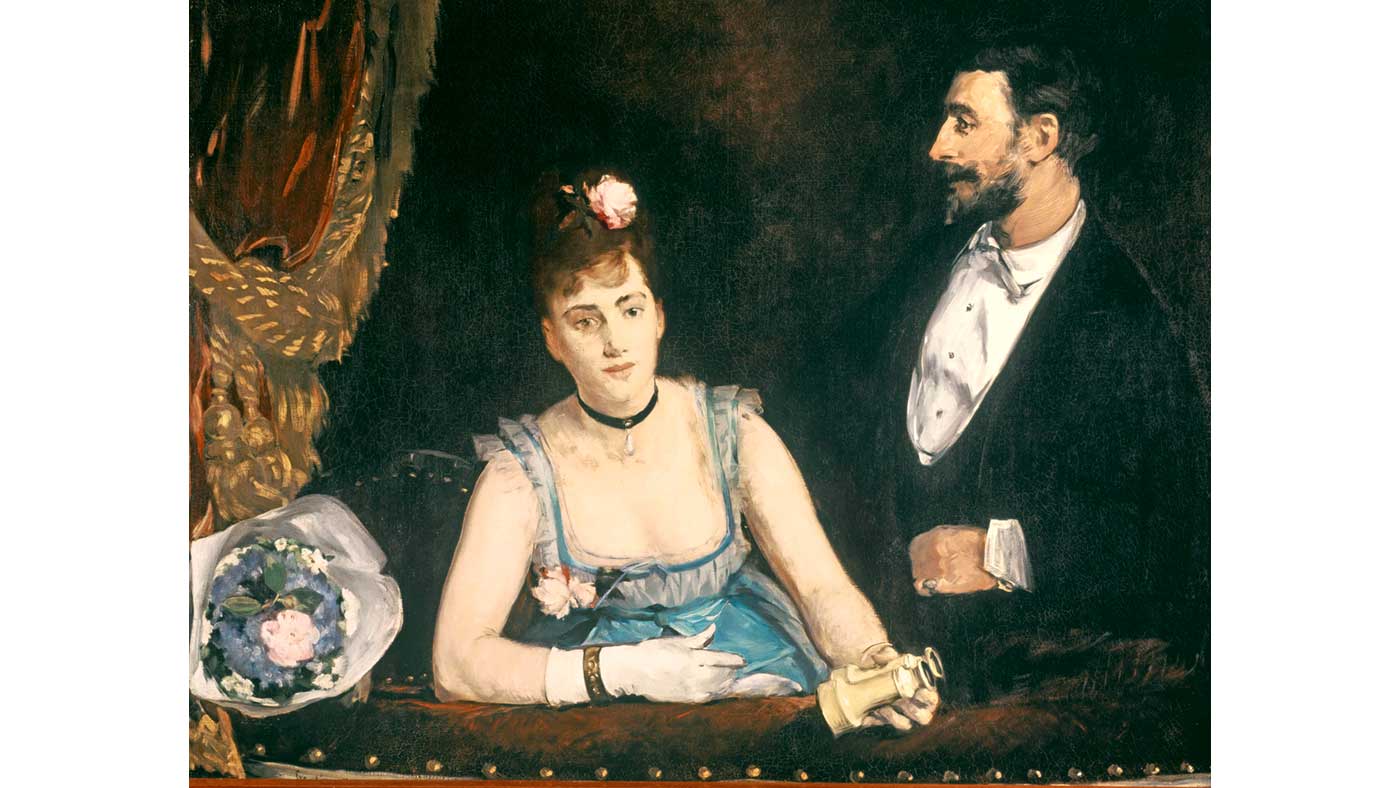
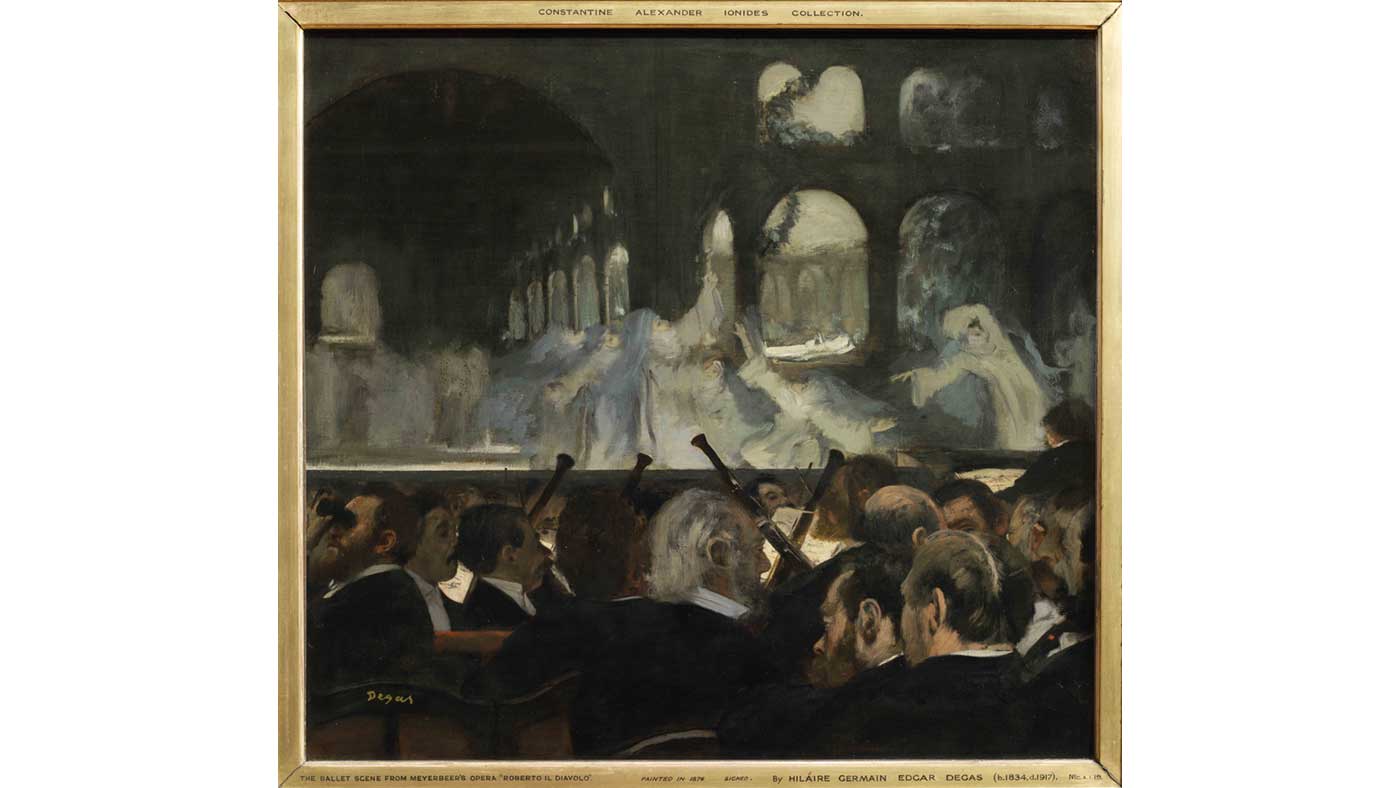
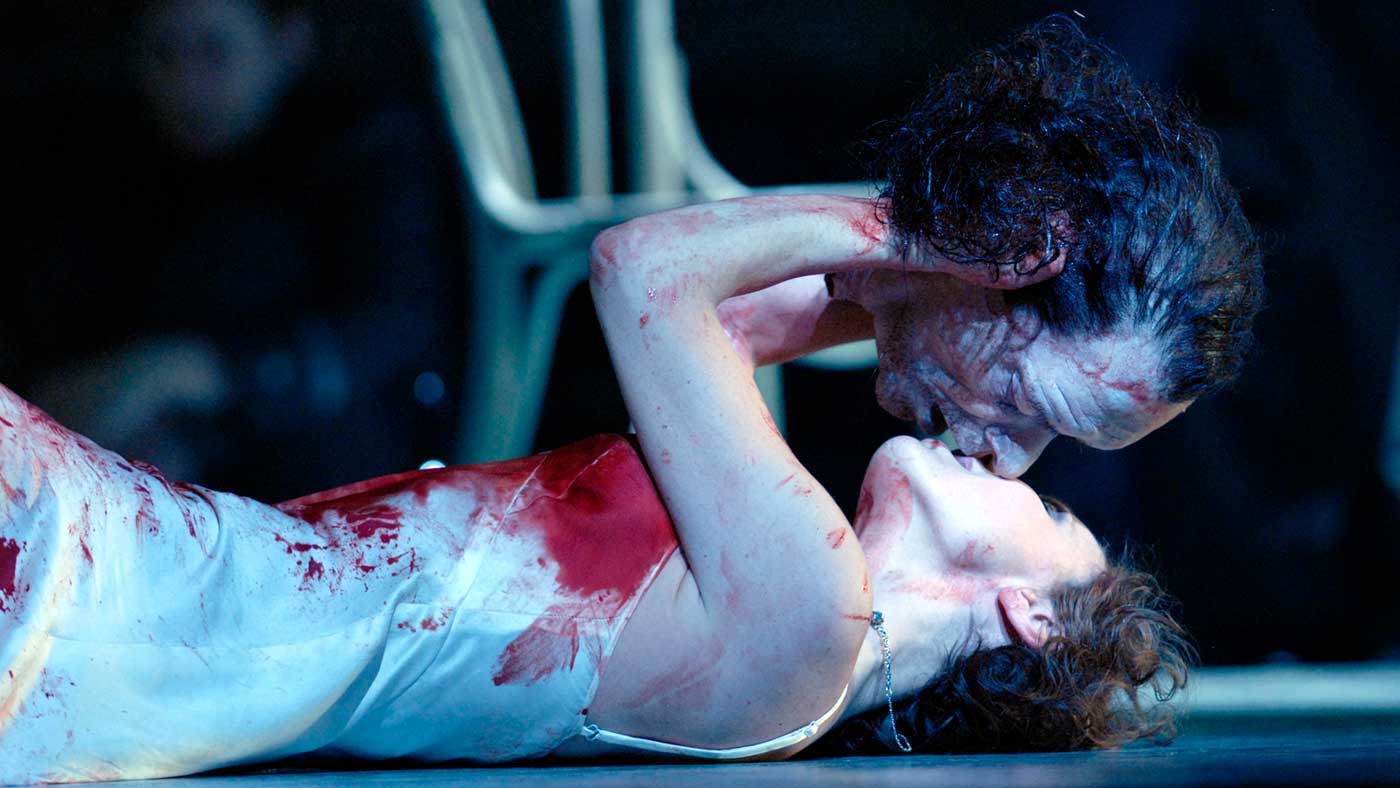
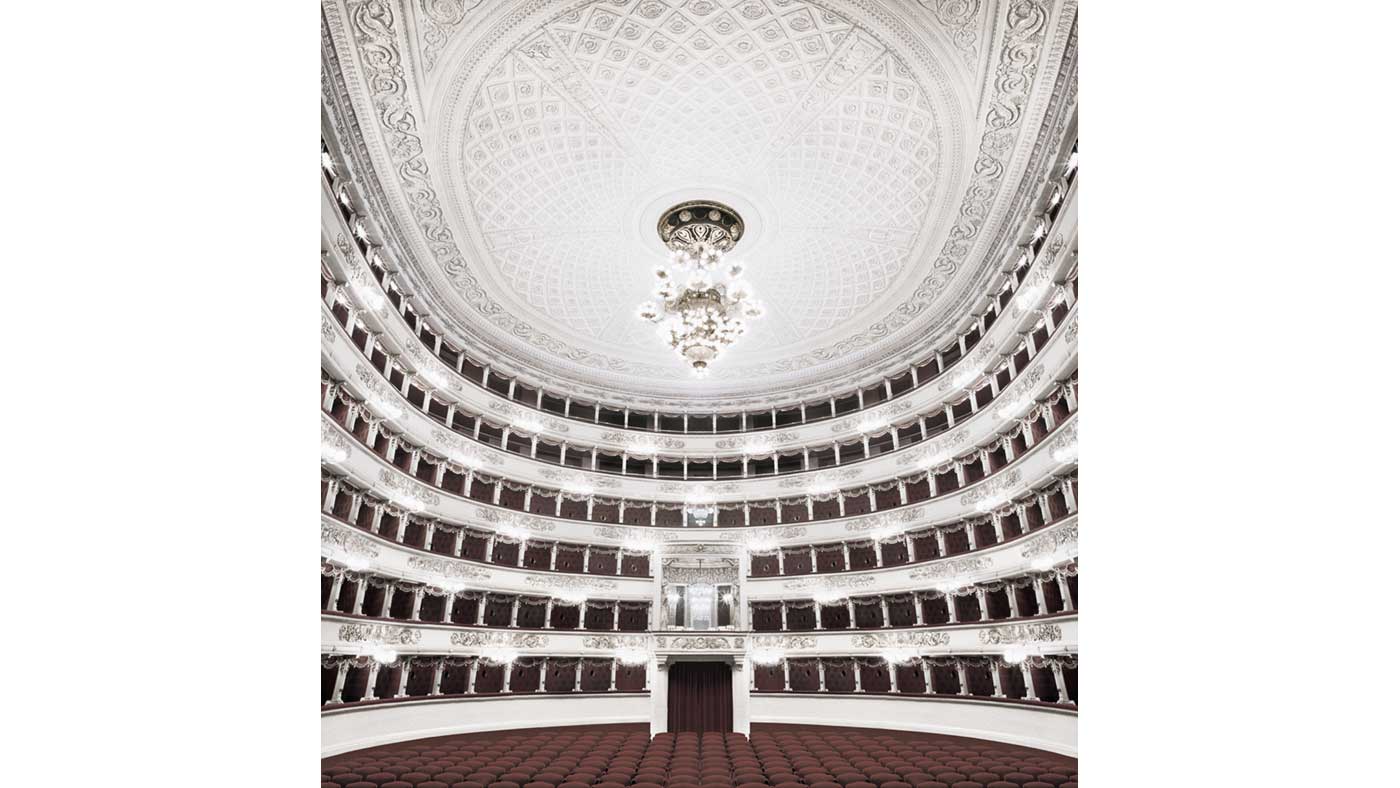
What opera does is bring together all the arts. You get this sense of being immersed within the art form, of a total work of art coming together. Opera was the world's first multi-media entertainment, and it can tackle an extreme range of human emotions and big issues. It is amazing to think that its history spans centuries, yet it continues to create some of the most powerful music.
Our exhibition begins in Venice in 1642, because it was the first city where opera became a popular civic entertainment – it was in the courts first, and then at the time of the Venice carnival, it became (accessible) for everybody. Opera houses are usually right at the heart of the city that they’re in, so they should be part of their city’s conversation. One of the things we've looked at is how opera can question and respond to society, looking at the city through the lens of opera.
The exhibition takes people on a multi-sensory journey through seven premieres in seven cities. It starts with Monteverdi's L'incoronazione di Poppea, in Venice, 1642, and then follows through chronologically right up to St Petersburg in 1934 for the premiere of Shostakovich's Lady Macbeth of Mtsensk.
The Week
Escape your echo chamber. Get the facts behind the news, plus analysis from multiple perspectives.

Sign up for The Week's Free Newsletters
From our morning news briefing to a weekly Good News Newsletter, get the best of The Week delivered directly to your inbox.
From our morning news briefing to a weekly Good News Newsletter, get the best of The Week delivered directly to your inbox.

We collaborated with the Royal Opera House to create the show and it was an honour to work with such world-class artists and professionals in their field. The stipulation of the theatre and performance department at the V&A is to collect the non-ephemeral parts of a performance; the set designs, the fashion. But actually, when you're exhibition-making, bringing creative practitioners in to have conversations about how to tell the stories, display the objects and work with the spaces is really exciting. We treated it like we were working on an actual opera. We worked very closely with the director Robert Carsen to consider how we could make the exhibition a more emotional, multi-sensory experience; and with the music director Antonio Pappano, who is a great conductor. It was a privilege to work with him and see the way the music took shape.
Working with the opera practitioners and the wider artistic creative team, such as sound designers, allowed me to develop my appreciation for the power of storytelling, and how important emotion is to the sort of exhibitions that the V&A presents about performance. It made us question the relationship between what you see and what you feel. Adding that fourth dimensional layer of sound, light and film, which we've integrated into the show as you journey from one city to the next, really enhances the story being told and brings it to life.
Bowers & Wilkins has sponsored the headphone sound experience, which is of superb quality. The sound relates to what you see, and changes automatically as you move from zone to zone. We also created some original recordings to give an amazingly rich, binaural experience in certain areas of the exhibition. For example, when visitors arrive on the set of Milan, and Verdi's Nabucco, they will be immersed in a chorus singing Va pensiero. It's a piece of music that most people will probably recognise – The Chorus of the Hebrew slaves – 64 singers were mic'd up, recorded individually, and then mixed in a way that places the listener right in the heart of the chorus, which gives a different experience to how you would hear the sound if you were sat in the auditorium.
We have also created our own baroque theatre, which is actually kinetic. It stages a scene from Rinaldo, an opera that was produced by Handel in London in 1711. The theatre is hand-painted and very atmospheric, and there is an experience integrated with the music where the stage comes to life as it did in Handel's time. We're so used to modern technologies that to actually see the theatre stage from the 18th century is quite amazing and a really powerful piece. The whole experience is very theatrical – you encounter seven different worlds that you become a part of as you walk through these large-scale stage sets.
A free daily email with the biggest news stories of the day – and the best features from TheWeek.com

The exhibition culminates in a finale that looks at how opera has become a world passion, the new forms it takes on in the 21st century, and notable premieres of the 20th and 21st centuries. I think that the notion of the premiere is very exciting – there is such a lot of momentum around it. The geographical locations of the opera houses, and the hugely creative minds the genre attracts, make opera an incredibly exciting discipline. The sheer power and visceral quality of it really affects people emotionally.
There has never been an exhibition about opera on such a grand scale as this – it has taken more than five years to bring to fruition. I think we needed that time for many reasons – the subject is vast, and detailed research was essential because the exhibition is so international (drawing on lots of international loans) and because of the extensive collaborations involved. It's amazing to see it come together finally, and especially as it’s the first show in the Sainsbury Gallery – our new 1,100sq metre space on Exhibition Road. To be honest, it's such a big project, I don't think we could really have tackled it in less of a space – we certainly didn't have a problem filling it.
I hope visitors to the exhibition will leave with an enriched understanding of opera, and a feeling that it is accessible, that they can go out and experience live opera if they haven't done so before. I think the exhibition will really help people who haven't already crossed that threshold, because they'll be introduced to a range of different composers.
For real aficionados, I think it will be amazing to encounter the material objects around the operas – to see the original works by the seven composers in the exhibition, from the earliest surviving manuscript scores by Monteverdi, to Shostakovich's autographed score for Lady Macbeth. Shostakovich wrote the opera in different locations over a period of time, and he signed it off with the name of whichever city he was in, so it just brings it to life. And also, he does sums in the margins sometimes, so you see this genius, but it also makes him more human.

The show explores opera's relevance and context historically, how significant pieces of music were a response to that certain moment in time. We tell a passionate story of Europe, and how opera is a shared European language. You really get the idea that we've all been part of this story, and that it is a continuing one.
I also hope the exhibition will entice new audiences into the legacy of opera, and show how it can be interpreted today. The stories are still relevant. Verdi's Nabucco, for example, tells a very powerful story of exile and immigration. It was based on a biblical narrative, and premiered in 1842, yet still feels incredibly poignant now. I think there is a parallel with how directors continue to interpret Shakespeare's plays for today's audiences, and I think it helps to bring institutions together who come from different backgrounds, to push the boundaries of what the genre can do.
Opera is actually more accessible than ever before – mostly through Spotify and Youtube. For a whole generation, this world of music is at their fingertips. My children can, and do, listen to Mozart, next to a bit of grime, and whatever else they feel like – because they can.
Kate Bailey is senior curator of design and scenography at the V&A. Opera: Passion, Power and Politics, sponsored by Societe Generale, collaboration with the Royal Opera House, is at the V&A from 30 September 2017 – 25 February 2018; vam.ac.uk
-
 The best homes of the year
The best homes of the yearFeature Featuring a former helicopter engine repair workshop in Washington, D.C. and high-rise living in San Francisco
-
 Critics’ choice: The year’s top 10 movies
Critics’ choice: The year’s top 10 moviesFeature ‘One Battle After Another’ and ‘It Was Just an Accident’ stand out
-
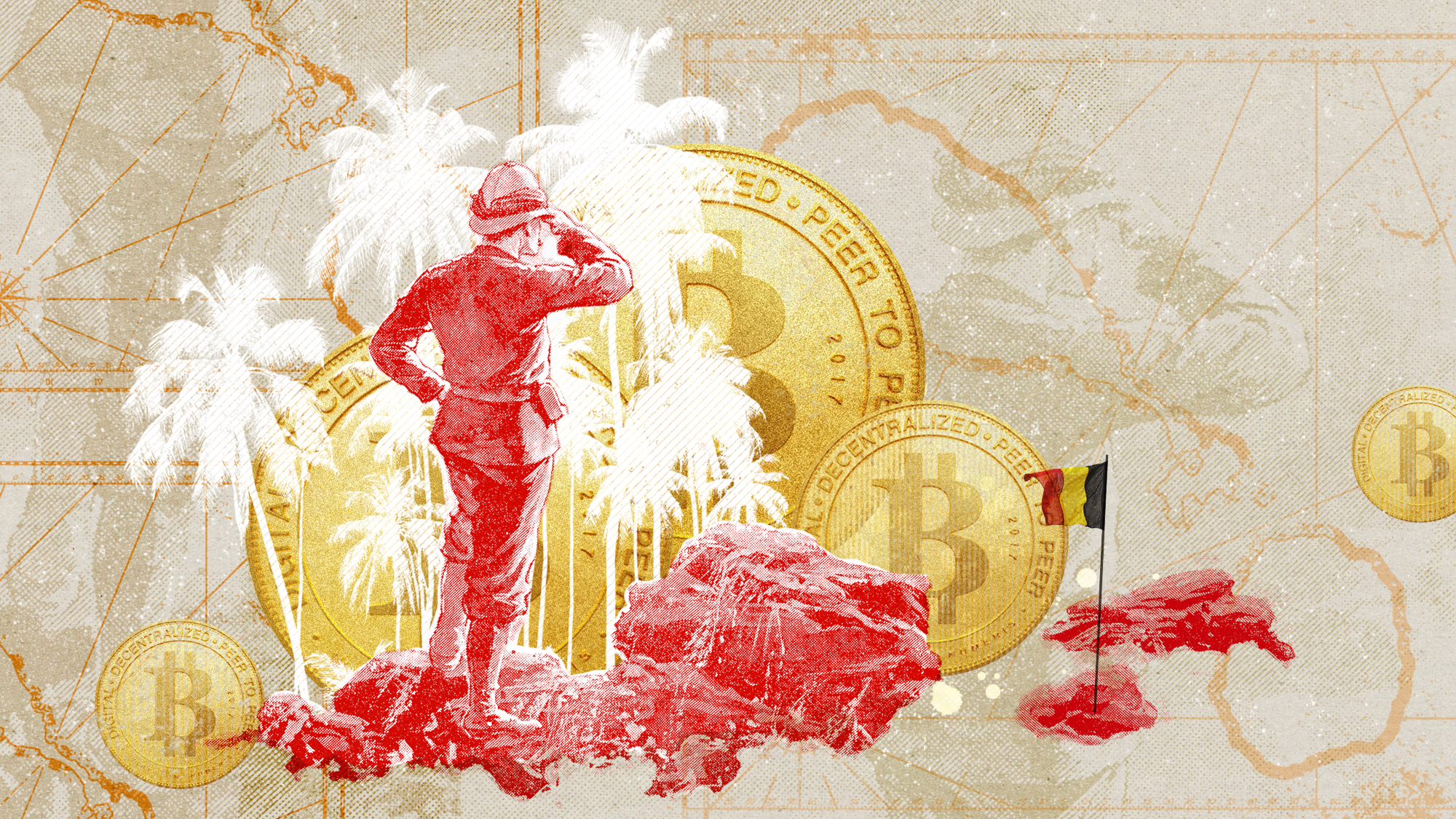 The small Caribbean island courting crypto billions
The small Caribbean island courting crypto billionsUnder the Radar Crypto mogul Olivier Janssens plans to create a libertarian utopia on Nevis